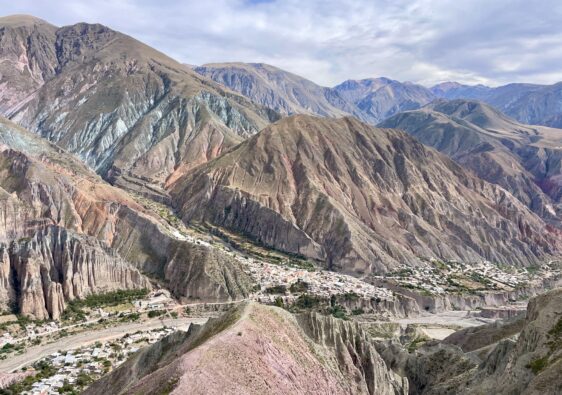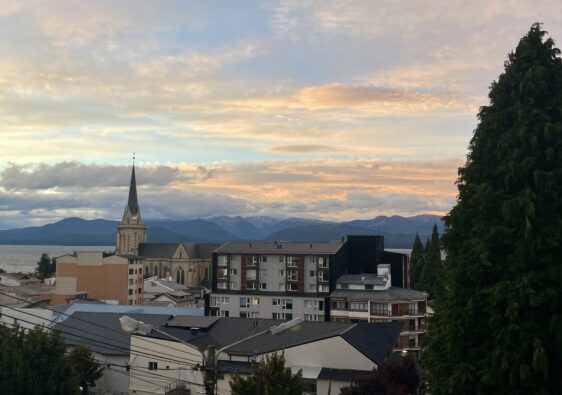Explore Buenos Aires like a Local
We wrote this guide on getting around Buenos Aires, Argentina so you can rest easy and follow the simple steps to navigating the city like a pro. Getting started using public transportation in Buenos Aires can be difficult, but once you get started, it’s a breeze! This covers everything we wish we knew about transportation in Argentina’s capital before our visit.
Buenos Aires is HUGE and has worthwhile attractions all over the city, so learning the best ways to get around can save you a ton of time and money! We’ll go over buses, trains, taxis, Ubers, walking, biking, and more in this comprehensive guide to transportation in Buenos Aires. Let’s dive in!
Check out the best things to do in Buenos Aires!
Please note that some of the links below may be affiliate links, and at no additional cost to you, we earn a commission if you make a purchase.
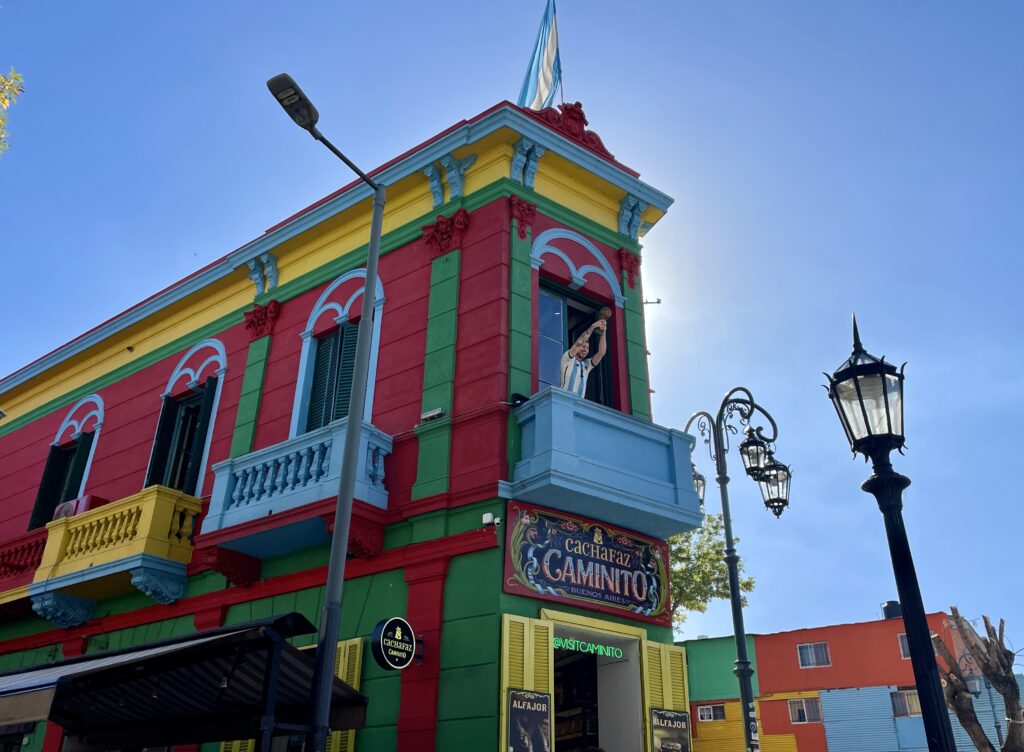
Is Buenos Aires a Walkable City?
Buenos Aires is very walkable from an infrastructure perspective. There are tons of parks, sidewalks, and traffic lights that make walking fairly easy. What you have to watch out for is cars, as the norm is to drive through crosswalks unless there is someone in the middle of them. Actually, they don’t even slow down if you’re crossing the street, they just hope you make it to the sidewalk by the time they get there! All jokes aside, the cars won’t slow down, but they also won’t hit you, so you have to take initiative and cross the street even though cars won’t initially wait for you!
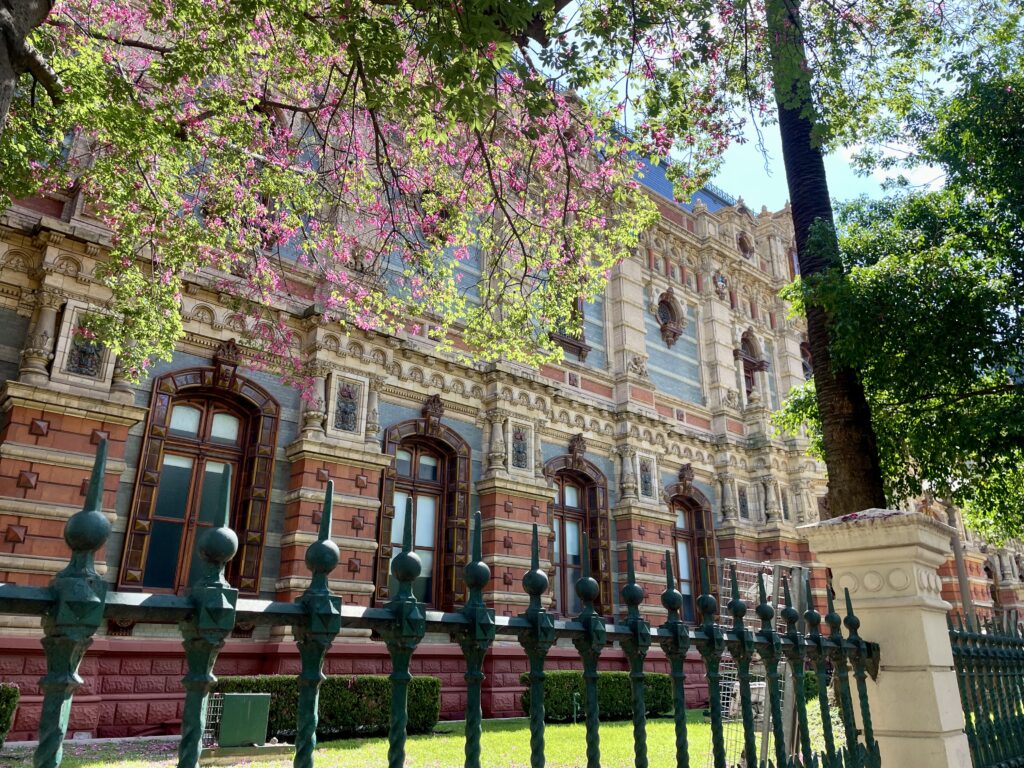
The SUBE Card: The Key to Public Transit in Buenos Aires
A SUBE card, or simply “SUBE”, is what will allow you to use Buenos Aires’ buses and trains. This is the only form of payment for riding public transportation in the city. This is annoying because you have to go out and purchase AND load a SUBE card before you hop on a train or bus. To add on to the annoyance, most places that sell SUBE cards don’t actually offer the loading service, so you’ll buy and load your SUBE card at two different places.
Kioscos (convenient stores) and Quinielas (“Loterías de la Cuidad” on Google Maps) are two places where you can buy SUBE cards. This helpful map tells you where you can buy and load your SUBE card. You should try to load your SUBE card in the morning because each store only has a limited amount of money they can load on SUBE cards per day.
You can always load SUBE cards at the machines or attendant’s desk in the metro stations. If you aren’t currently near one, you can try some Kioscos and Western Unions that have signs saying “Carga su SUBE Aquí”.
You only need to put a few dollars (USD) on your SUBE card because rides are rarely more than 50 cents. One of the best things about SUBE cards is they can have a negative balance (though not too big of one!), so if you didn’t charge your card, you can still take rides and carry the debt until you can reload your card.
Helpful Tip: SUBE cards are used in Mendoza, Bariloche, and many other places in Argentina.
Trains in Buenos Aires
Trains usually cost around 15 cents (USD) which is half the price of bus rides and are much quicker. However, there are nowhere near as many train stations as bus stops, so you’ll likely be taking the bus more often! The main train station in Buenos Aires is Retiro. The trains in Buenos Aires are very similar to any other cities train network, and they are slightly easier to use than the buses. The Google Maps and Moovit apps are very helpful for looking at schedules and routes and are very accurate! Find a complete subway map here.
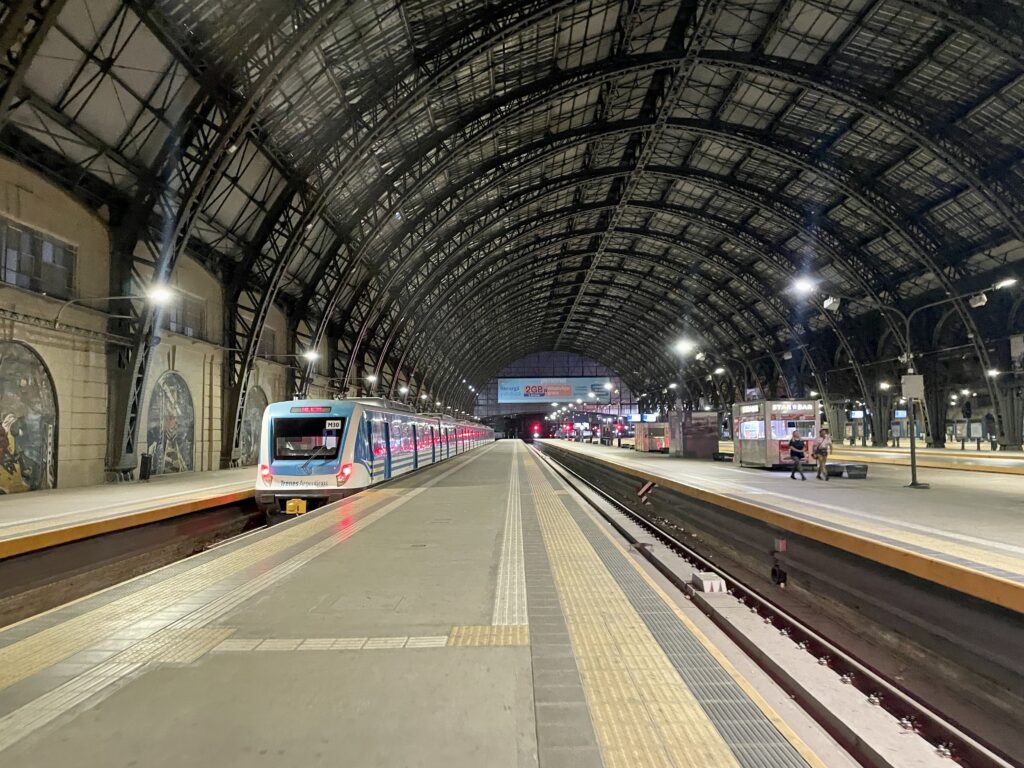
Buses in Buenos Aires
Buses are our favorite way for getting around Buenos Aires. They come very frequently and there are tons of bus stops for various routes on every block. There are bus-only lanes on bigger roads in the city which allow for faster transportation due to limited traffic. Buses may seem overwhelming at first, but are extremely simple once you get the hang of them!
How Much Does a Bus Ticket Cost in Buenos Aires?
Bus tickets cost ~31 cents (USD) at minimum. If you use your card twice in two hours, your second ride will be 50% off. If you use your card three times in two hours, your second ride will be 50% AND your third ride will be 75% off. Google Maps will have the correct price listed if you enter your destination and select the public transit mode.
Buenos Aires Public Transportation Bus Schedule
While they aren’t 100% accurate in terms of timing (usually later than earlier), Moovit and Google Maps are super helpful for tracking and planning your route. Check out more information on the bus routes here!
Other Tips For Taking the Bus in Buenos Aires — MUST READ!
- You NEED to wave down the bus driver so they know to stop, even when you’re standing at the bus stop.
- After you scan your SUBE card, the bus driver will ask your destination by saying “Destino?” and you need to tell them the stop or the general area you plan to get off at so they can charge you accordingly
- Sit towards the middle or back of the bus. That way when it’s almost time for your stop you can easily get up and press the one of the red buttons on the railings to let the driver know to stop a few blocks ahead of time.
- You may notice a line at the bus stations, which could be organized or not. It is customary to allow those waiting longer than you to board the bus first, even if it doesn’t look like they were waiting in line.
- Worst case scenario, if you don’t have a SUBE, you can pay someone the amount charged to their SUBE. Check the prices on Google Maps before boarding, and have that amount ready to quickly hand to the kind person that may let you use their SUBE!
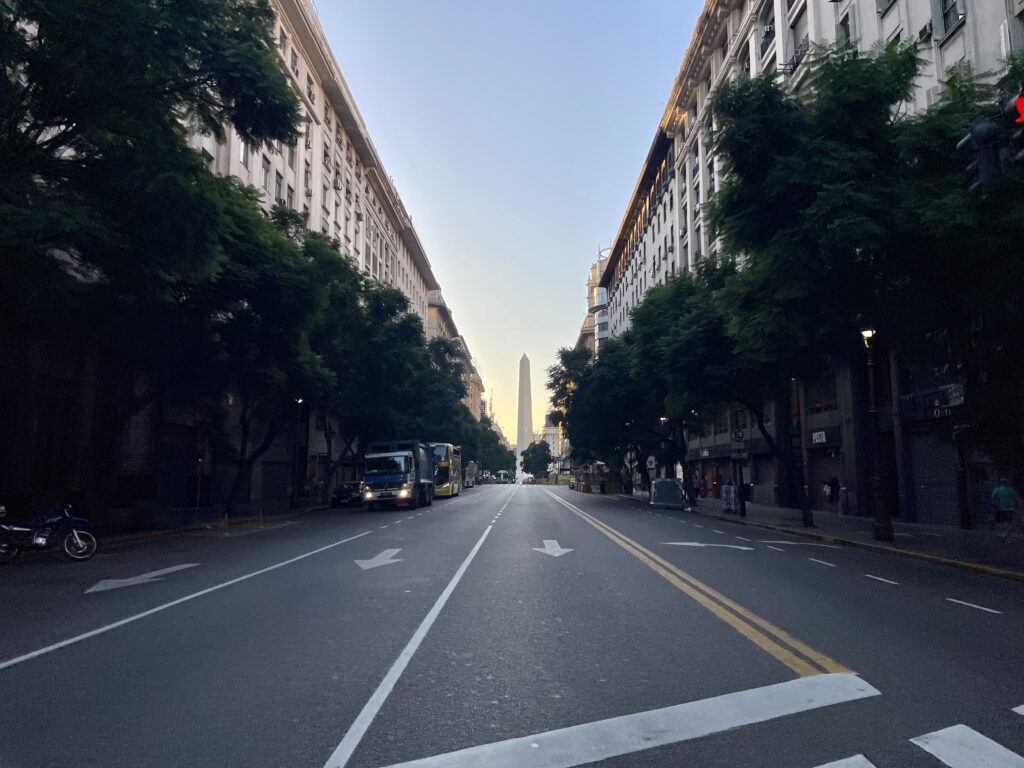
Buenos Aires Hop On Hop Off Bus
There are two companies that run the Hop On Hop Off Buses in Buenos Aires. Buenos Aires Bus runs the yellow buses and Gray Line runs the red buses. Both have extremely similar routes, hours of operation, costs (~$32), and provide audio guides. The Buenos Aires buses can be tracked in real time, which is the main differentiator between the two companies. These buses are a great option if you only have a couple days to explore the city because it really is huge and taking the public buses all around would take way too long.
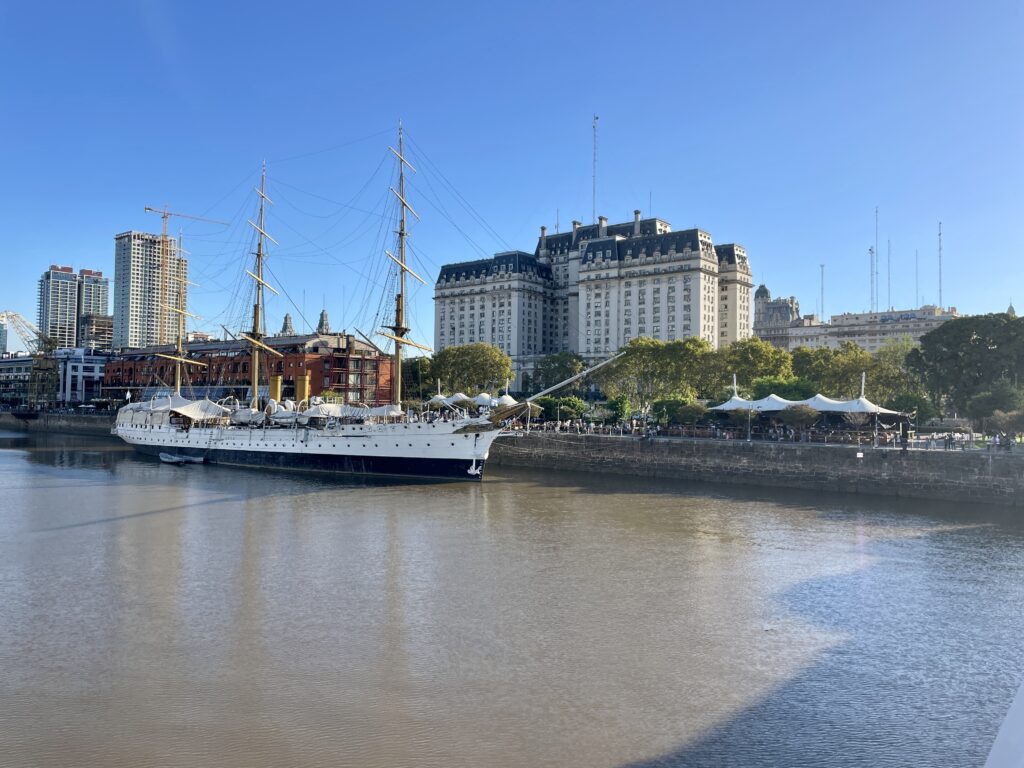
Cars in Buenos Aires
How Much are Taxis in Buenos Aires?
Taxis are generally more expensive than Uber in Buenos Aires, and you can check how much a taxi will cost on the BA Taxi app. (Make sure not to download the Vietnamese app!)
Is Uber Available in Buenos Aires?
Uber is not only available but extremely useful. The rides were very cheap, and cars were abundant. We found that Ubers cost around 33 cents (USD) per minute and we never waited more than five minutes for a ride.
Do you need a car in Buenos Aires?
You definitely do not need a car for getting around in Buenos Aires as the bus and train systems are so convenient, but if you want to do day trips out of the city it makes sense to do so. If you rent a car and use the highways in Buenos Aires, you need a TelePASE, so make sure your rental car has one. Rent a cheap car here!

How to Get From Buenos Aires Airports to Downtown Buenos Aires
Most international flights come into Ezeiza International Airport (EZE), while most domestic flights arrive at Jorge Newbery Airport (AEP). Ezeiza International Airport is about a 40 minute drive to downtown Buenos Aires, while Jorge Newbery is only 10-15 minutes away. You can use Ubers and taxis to get from the airports to your hotel, but private transfers and the bus are great options as well!
Buenos Aires from EZE
Private Transfer
This transfer service will take you to or from Ezeiza International Airport (or both!). It costs $40 for up to 3 people.
Public Bus
To take public transportation from Ezeiza airport, you will need to buy and load your SUBE card at the airport if you don’t already have one. You will likely be taking a combination of bus 8E and another bus/train, but Google Maps will tell you the best route for you to take!
Buenos Aires from AEP
Private Transfer
This transfer service will pick you up at Jorge Newbery Airport and drop you off at your accommodations. It costs $19 per group up to 3 people.
Public Bus
To get from Jorge Newbery Airport to downtown Buenos Aires using public transportation, you will first need to buy and load your SUBE card if you haven’t already done so. Then, you will likely need to take a 33 or 45 bus, then transfer to another bus to get to your final destination. Google Maps and Moovit will provide the best route for you to take!
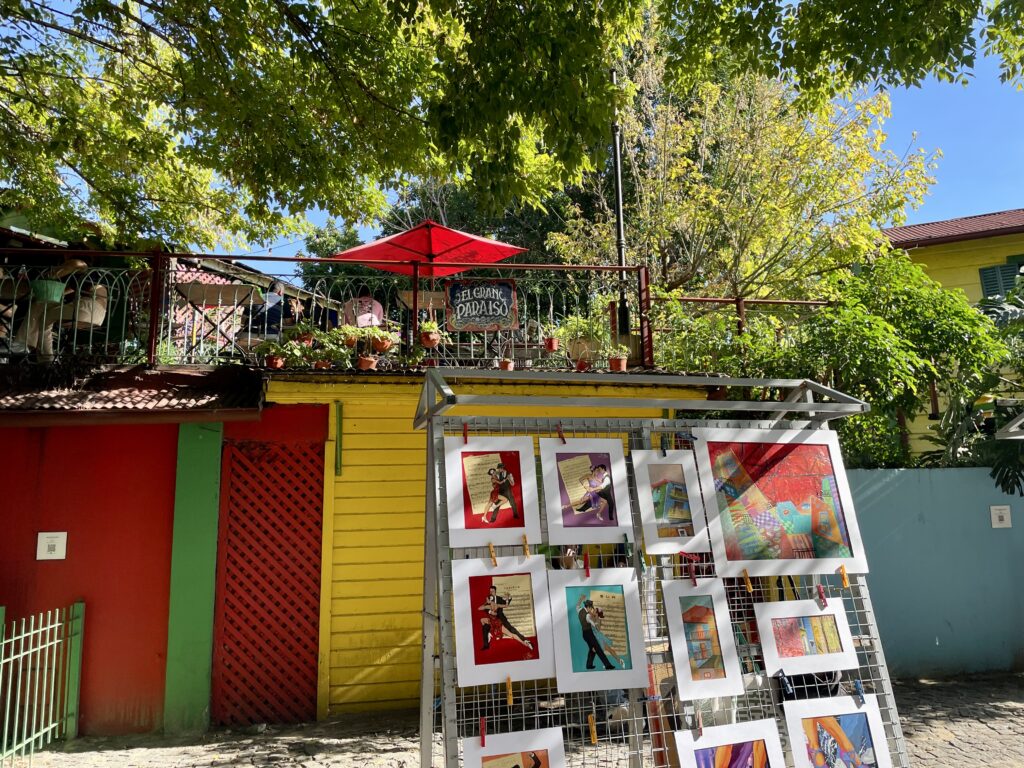
Biking around Buenos Aires
Ecobici is the public, low-cost bicycle service in Buenos Aires. They offer single trips (~$1), daily ($4), 3-day (~$9), and week passes (~$10). You can always confirm the prices (which is necessary with the hyperinflation issue) on the official Ecobici website. The Ecobici App will allow you to unlock and use the bikes, locate bike stands, and pay extra if you go over the allotted time limit. There are tons of bike lanes, as well as great parks to bike through, making biking a great way to get around Buenos Aires. Just remember, the drivers in Buenos Aires are a little crazy!

Keep Exploring Buenos Aires…
- The Best Things to do in Buenos Aires on Your First Visit: A Complete Guide
- Our Favorite Speakeasies in Buenos Aires
- Tigre: The Ultimate Day Trip from Buenos Aires, Argentina
- How to Get from Montevideo to Buenos Aires
- How to Exchange Money in Argentina: Your Complete Guide to the Argentina Exchange Rate
Our Favorite Travel Resources
Accommodations: We use Booking.com for hotels and HostelWorld for hostels. We also use VRBO or TrustedHousesitters for longer stays.
Flights: We recommend using Skyscanner to find the cheapest and best flights.
Ground Transport: We use 12Go and Omio for buses and private transfers, and rentalcars.com and Discover Cars for rental cars.
Activities: GetYourGuide and Viator are the best websites for booking organized tours.
International Medical Insurance: We highly recommend SafetyWing for Digital Nomads and HeyMondo for those not traveling full-time, or who frequently engage in higher-risk adventure activities.
eSIM: We recommend Airalo or Holafly for getting data internationally.
Check out our Travel Resources Page for more of our favorite travel-related products and services!


